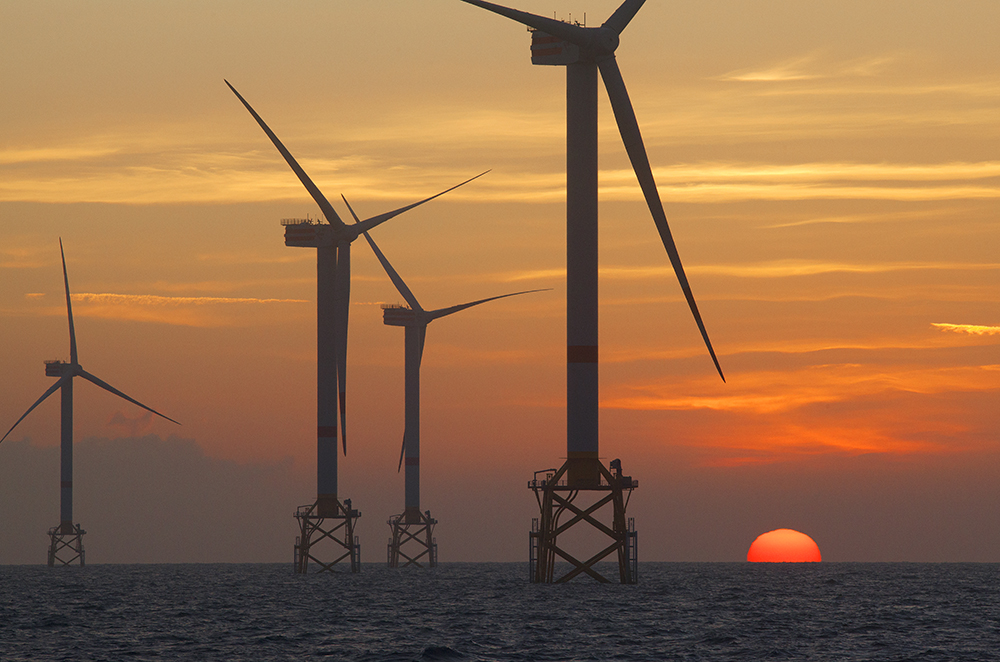





Wind offshore jacket structures, apart from all other loads, are mainly subjected to bending moment, which derives from the huge wind loads that the rotor and the blades accept. Fixed offshore oil platforms do not face this problem and consequently bending moment in current standards is calculated as a separate load additional to the others that can be imposed. This separation can lead to underestimation of the loads of a wind offshore jacket and therefore to unpredicted behavior or even to collapse.
A further and more specific distinction relative to our project can be made between grouted connections that are mainly exposed to bending moments, and those that are subjected to axial loads. The main reason for the separation is the different load transfer mechanisms. In general, the behavior of a grouted connection is highly non-linear, particularly due to the grout properties. (e.g. gaps, ovalization, plastic strain and cracks in grout material). Therefore, a calculation for combined loading is not allowed to be performed by superposition of single loads, but only by combined application. Thus, grouted connections mainly exposed to bending shall be verified on the basis of FE analyses or by testing for accurate results, as no validated parametric formulae exist so far in the relevant codes as can be seen in the analysis below.
The continuous growth of offshore wind farms is now leading to revisions of the standards in order to meet the requirements. More specifically, DNV is about to release new standards specifically for grouted connections on offshore wind substructures.